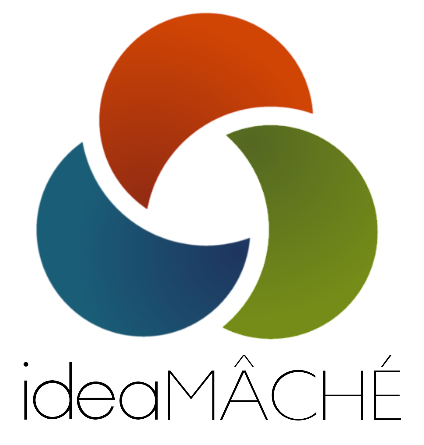In this course, you will make cool stuff that communicates. Make it with a sense of the context that it will operate in. We work with an ecosystems approach: we connect diverse methodologies. We integrate theory and practice, analysis and intuition, science and art, technolgy and aesthetics. We integrate them according to the principle of equal value: none is more important, in advance, We adapt our focus interpretively, based on the situation.
We do this because the information age demands it. All sorts of representations connect in the nexus of the interface.
studio art course
This is a studio art course. Computing, specifically, the web, is the medium in which you will create. The function of the course is to engage you in developing your own expressive voice. This is probably the only studio art course in our College of Engineering, and in most any computer science department in the U.S.splitting into studios
The heart of a studio is to share work and feedback. We need to scale that with not more than 20 people per studio, so there can be time for conversation. Thus, we will separate into 3 distinct studios: CHEN (104), BRIGHT (302), and TEAG (323). Continuity is important. You will be assigned to a studio for the duration of the semester.studio presentations
One of the most important ways we learn about interactive work, is to give and receive feedback. We will regularly spend time in the studio discussing people's work. The plan is that we will talk about everyone's work in studio. Occasionally, we may examine and discuss the best work in class. Details about studio process are here.Be prepared to make presentations. Look forward to it. Our job is to create a constructive environment, where people feel supported, yet critique is part of the dialogue. Please be gentle and direct.
The grade that you receive at studio is just that -- a grade for your work at studio, not for the deliverable, itself, which of course will be due a few days later. You will almost certainly be given feedback on what you need to do to improve your work. Expect that you need to do more work for your turn-in! And that without this, your grade for the actual deliverable could well be lower than what you got at studio.
read actively and critically
An important operational philosophy, which underlies hypermedia and the ecosystems approach, is that reading is active engagement, not passive reception.- You must read actively. Highlight and annotate. Make notes. Interpret! Go back and forth in the work, to develop understandings and questions.
- When you read, ask questions about context. Apply the measuring stick of the feminist sociological filmmaker and theorist, Trinh T. Minh-Ha: Who is speaking? Who is being spoken to? What is your own position? You must contextualize your reading with critical perspective.

